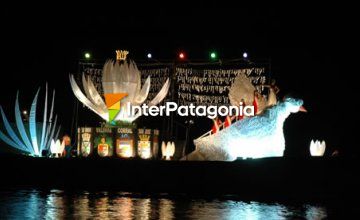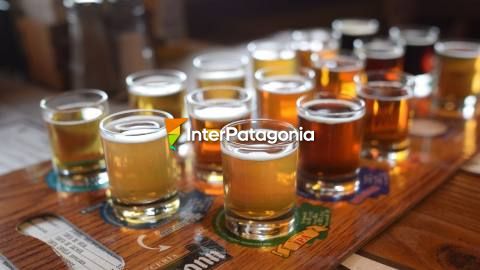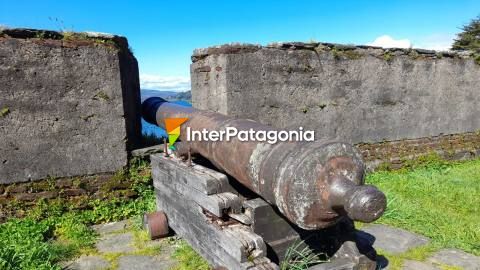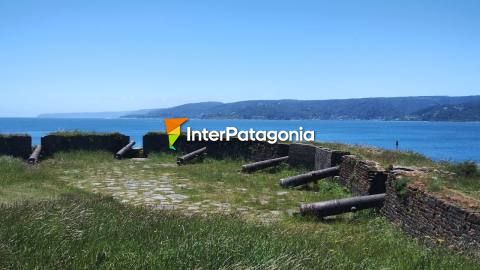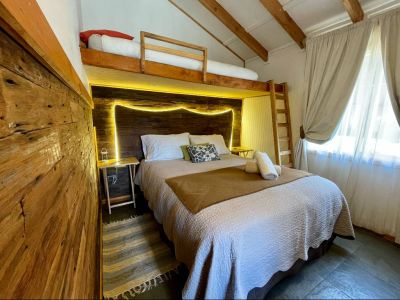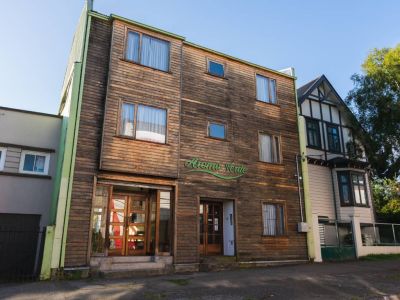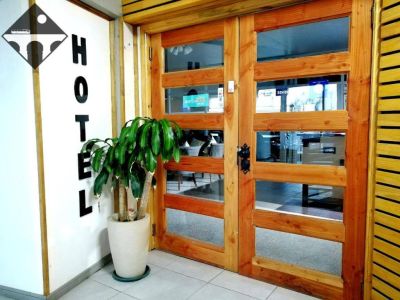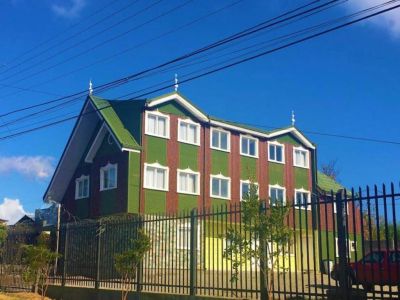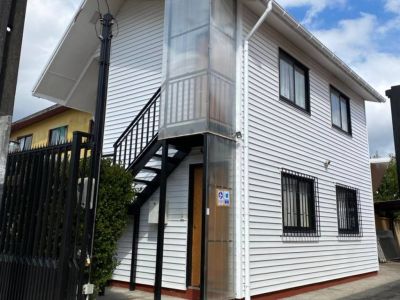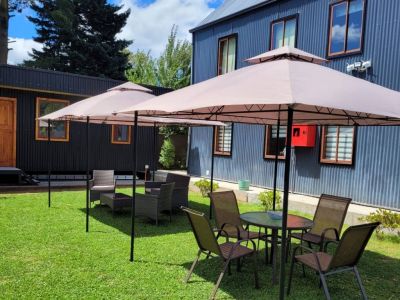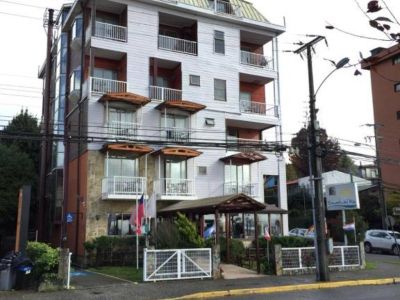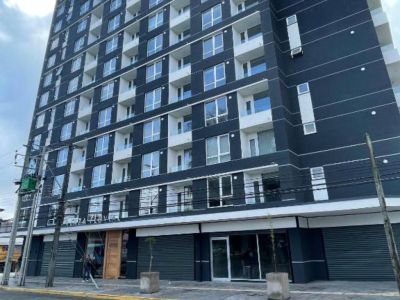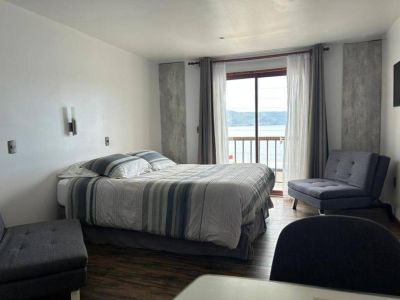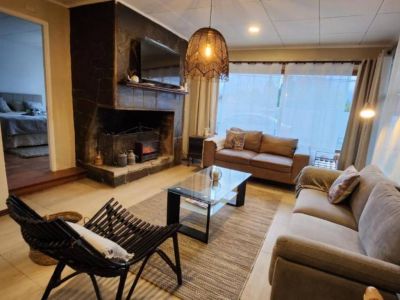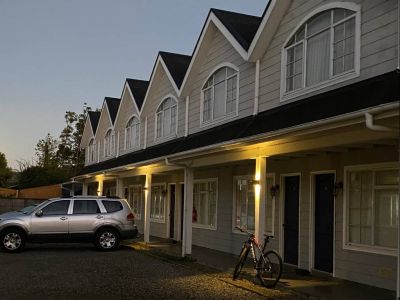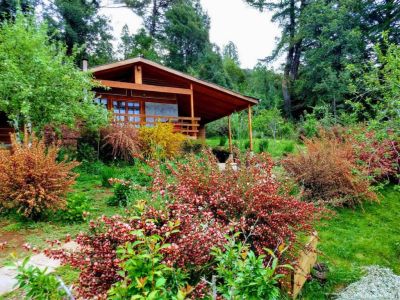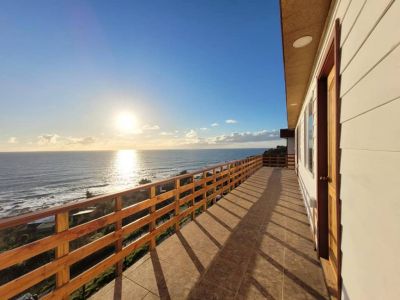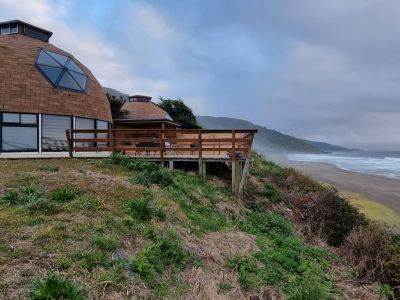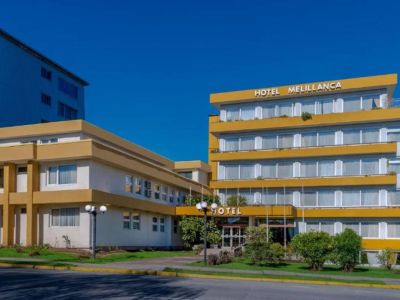On the banks of the Calle Calle River, it is possible to discover the plural identity forged by the city by visiting the Mauricio van de Maele Historical Anthropological Museum.

Overlooking a privileged view of the Calle Calle River waterfront, and surrounded by a beautiful and well-maintained park, the Historical Museum of Valdivia opens its doors every day to showcase the city's most significant cultural attractions.
This museum, declared a National Historical Monument, is also known as the Andwandter House and presents a neoclassical design. The façade features a portico with three arched openings, a composite tin roof, and walls clad in timber.
There are various rooms inside, where the three main ethnic groups that cooperated in the creation of the regional identity are represented.
The collections revolve around the first Americans who dwelt in the temple forests 12,000 years ago, the early and steady Hispanic presence that determined the character of the City of Valdivia, and the impact caused by the German colonists who arrived in these lands after 1850.

Many of these elements have been obtained thanks to the valuable contribution made by the well-known historian and anthropologist Mauricio van de Maele, who has been honored with the name of the museum.
The Hispanic-Creole settlement from the 18th century onwards is recreated on the ground floor, where it is possible to see furniture, devices, ornaments, and documents from those days. There is evidence of the work done by Friar Camilo Henríquez, born in Valdivia in 1769, who took part in the most active groups in favor of Chilean Independence.
The South wing gives proof of the introduction of the German culture to the City of Valdivia. The housing system and the transformation experimented with in the mid-19th century, as well as the contribution made by European immigrants to the development of science and culture in the country, are shown there.
On the first floor, there is an important exposition of the archeological history of the central South of Chile. From the stained-glass windows, the contact between the Indians and the Spaniards and the cultural contribution made by the mapuche-williche inhabitants is clearly noticed.
Also, the precious collections of silverware, pottery, textiles, and basket-making corresponding to the archeological site Pitrén (300 A.D. - 1200 A.D.) and the Valdivian Style (1400 A.D. - 1800 A.D) can be observed. This show tells the story of the potter societies from the beginning of the Christian age to the 19th century.

